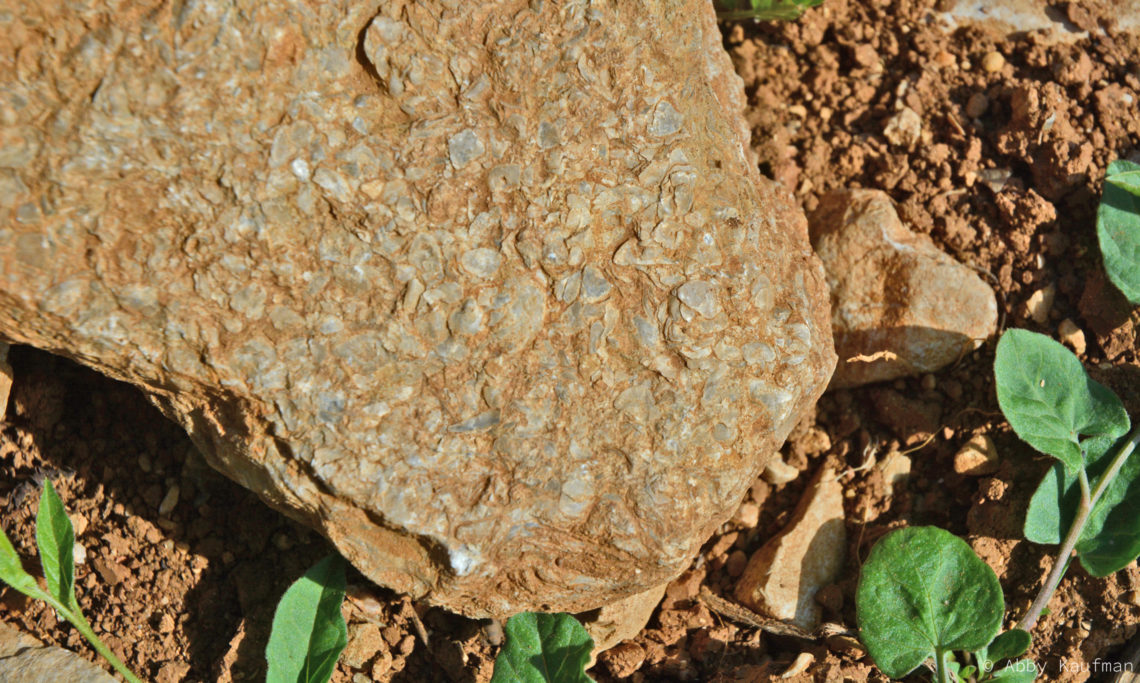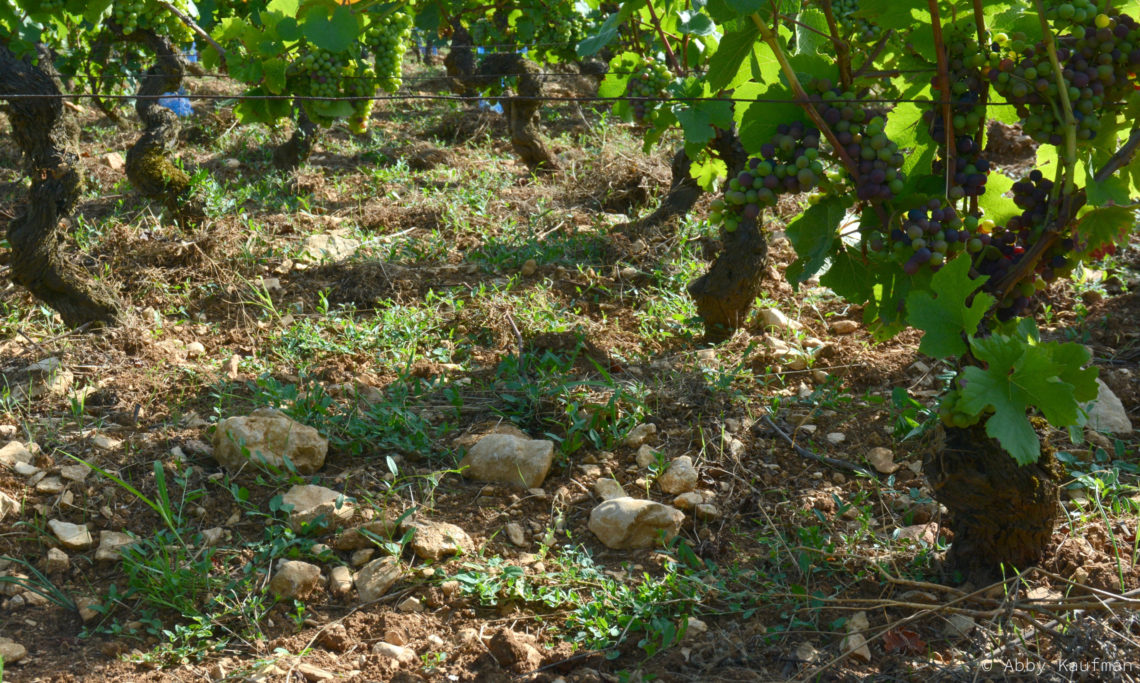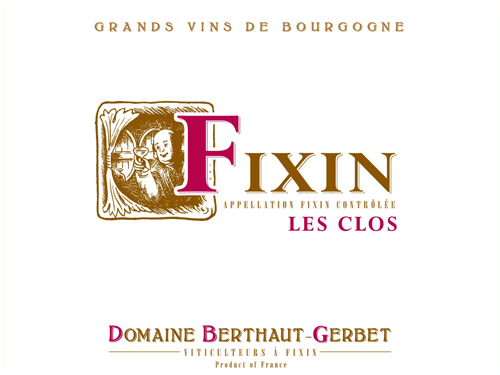Fixin Les Clos
At a Glance
- Size: 1.3 ha (3.2 ac)
- Variety: Pinot Noir
- Vine Age: Planted in 1933, 1955, 1979, 1987, 2005
- Terroir: Near Couchey, mid-slope, limestone and marl soils.
- Viticulture: Sustainable
- Vinification: Cold macerated. Ambient yeast fermentation in concrete vats. 1-2 pump-overs per day with a few punch-downs at the end of fermentation. Malolactic fermentation and aging for 12 months in barrels (20% new). No fining, no filtration.
Additional Info
In 1896, Danguy and Aubertin mention M. Paul Berthaud and M. Pierre Berthaud as two of the three main proprietors in Les Clos. They also mention other Berthauts (with a ‘t’) as owners in the neighboring Champ Perdrix and Le Rosier; Domaine Berthaut-Gerbet still owns slivers of those. It would appear that these holdings have been in the family at least since the late 19th century.
Lavalle considered this area of Fixey to be very good. He included Les Clos, Le Clos, Le Rosier, Champs Perdrix, and Champennebaut in his deuxièmes cuvées, or second growths.
Location:
You will sometimes find Les Clos listed on maps as Les Clos Champs. It is not to be mistaken for ‘Le’ Clos, just east and downslope.
Situated in the north of the appellation, Les Clos is a 1.5 hectare (2.47 acres) vineyard, that lies mid-slope at approximately 310-meters elevation. The slope is gentle and faces slightly south of east.
Soil:
The geologic complexity found in the bedrocks of the site extends to the soils.
In general, the Combe Laveau has provided a notable alluvial input.
Throughout the vineyard, the soils are reddish-brown in color, with a rocky mixture of rounded alluvial cobbles from the combe, and more angular pieces of limestone, particularly the fossiliferous ostrea acuminata —you will find an abundance of it as soon as you step in Les Clos.
The northern portion of the vineyard is located out of the way of the combe, and there is a small section of shallow (less than 40 cm), highly calcareous, clayey, silty, sandy soils, with a notable colluvial component.
The alluvial soils to the south are variable in thickness (30-70 cm), weakly to moderately calcareous, and are often lighter in texture (silt, clay, sand) with abundant rounded limestone gravels and cobbles.
Bedrock:
Geologically, this area is extremely complex. Geologist Francoise Vannier has identified six faults just within this one vineyard. These faults have rearranged the underlying bedrock, and as a result, Amelie’s large parcel contains at least four different types of bedrock.
The upper, northernmost portion of the parcel lies on a mixture of the marly ostrea acuminata, and the harder, pink Premeaux limestone. Further south, the vines sit on the fossiliferous Crinoidal limestone, or on the rounded alluvial material in the direct path of the Combe Laveau.
Wines
-
White
-
Red
- Bourgogne Rouge Les Prielles
- Bourgogne Hautes Côtes de Nuits
- Côte de Nuits-Villages
- Fixin Rouge
- Fixin Les Clos
- Fixin Les Crais
- Fixin En Combe Roy
- Fixin 1er Cru Les Arvelets
- Gevrey-Chambertin
- Gevrey-Chambertin Clos des Chezeaux
- Gevrey-Chambertin 1er Cru Les Cazetiers
- Gevrey-Chambertin 1er Cru Lavaux St. Jacques
- Chambolle-Musigny 1er Cru Les Plantes
- Vosne-Romanée
- Vosne-Romanée 1er Cru Les Petits Monts
- Vosne-Romanée 1er Cru Les Suchots
- Clos Vougeot Grand Cru
- Echezeaux Grand Cru



